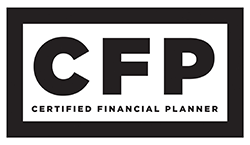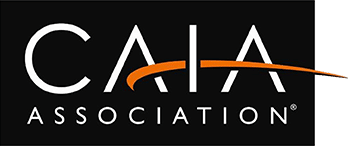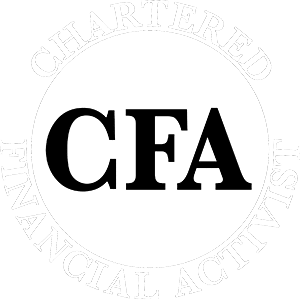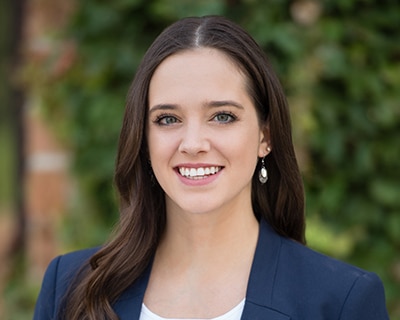According to Giving USA, charitable donations in the U.S. grew 4% in 2021 to $485 billion, a new record.
For our clients who are charitably inclined, we suggest considering the use of a Donor Advised Fund or “DAF”.
Table of Contents
What is a Donor Advised Fund (DAF)?
This great tool allows you to manage your charitable giving in a simple and tax efficient manner.
A primary benefit is that you immediately qualify for the tax benefits of making a charitable donation when you contribute assets to your DAF while you can choose to direct distributions from the DAF to your favorite charities over time.
Another benefit is that running your donations through your DAF can simplify both your record keeping and gift giving.
Unlike with a private foundation, there are no complex and costly start-up and ongoing financial reporting requirements.
Making Contributions to your DAF.
Most DAF accounts are held at community foundations or at charitable arms of brokerage firms like Fidelity, Schwab and Vanguard. Colorado Capital Management maintains a DAF at the Boulder Community Foundation. Account minimums and fees at these organizations can vary widely, so do your due diligence.
Once inside the DAF, fund assets grow tax free to support distributions.
You can contribute to your DAF using either cash or in-kind donations of marketable securities, and in some cases privately held personal, business and real property.
Most clients maximize the potential tax benefits of their contributions by using highly appreciated assets. This enables the donor to avoid ever having to pay taxes on those gains.
However, for donations that represent more than 30% of your adjusted gross income, larger tax deductions may be possible with gifts of cash (up to 60% of AGI).
All contributions to a DAF are irrevocable, meaning once you contribute the funds, the assets cannot be returned to you.
Donor Advised Funds Investment Options.
You can typically direct how the funds you contribute and hold in a DAF are invested.
Different charitable organizations offer different options.
Community Foundations may offer very limited options, but placing funds with them helps generate fee income to support their operations.
Brokerage-firm related funds typically offer more extensive options, particularly for larger accounts.
Some specialty organizations, such as Impact Assets, even allow fund holders to direct funds into private (non-traded) impact investments.
Many organizations, including Schwab Charitable, allow an investment advisor, like Colorado Capital Management, to manage the investment portfolio on your behalf.
Directing Distributions from your DAF.
Although you no longer own the assets contributed to a donor advised fund, you can typically direct how and when those assets are given to your preferred charitable organizations.
You can request distributions to your favorite charities and foundations over time as you please, either anonymously or with recognition.
Many custodians have a minimum for distributions, though that can be as low as $50.
You can also typically select one or more successors to continue making these distribution decisions after you are deceased or no longer involved.
Keep in mind that contributions to your DAF qualify for potential tax deductions, but distributions from your DAF do not.
Income Tax Savings.
We particularly like DAFs for their tax planning benefits.
Because contributions are deductible when you contribute to the fund, you can group these contributions together to provide larger tax benefits in a specific tax year. This strategy is also known as charitable “bunching” or “stacking”.
With the Tax Cuts and Jobs Act increasing the amount of the standard deduction while limiting property tax and mortgage interest deductions, many people are finding it harder to itemize their deductions.
If you fund your DAF with multiple years of charitable contributions and exceed the amount of the standard deduction within one tax year, you can take advantage of higher itemized deductions for that year and resume taking the standard deduction in the following years.
Bunching your contributions is also beneficial in a particularly high-income year or if you are looking to offset taxes generated from a Roth conversion.
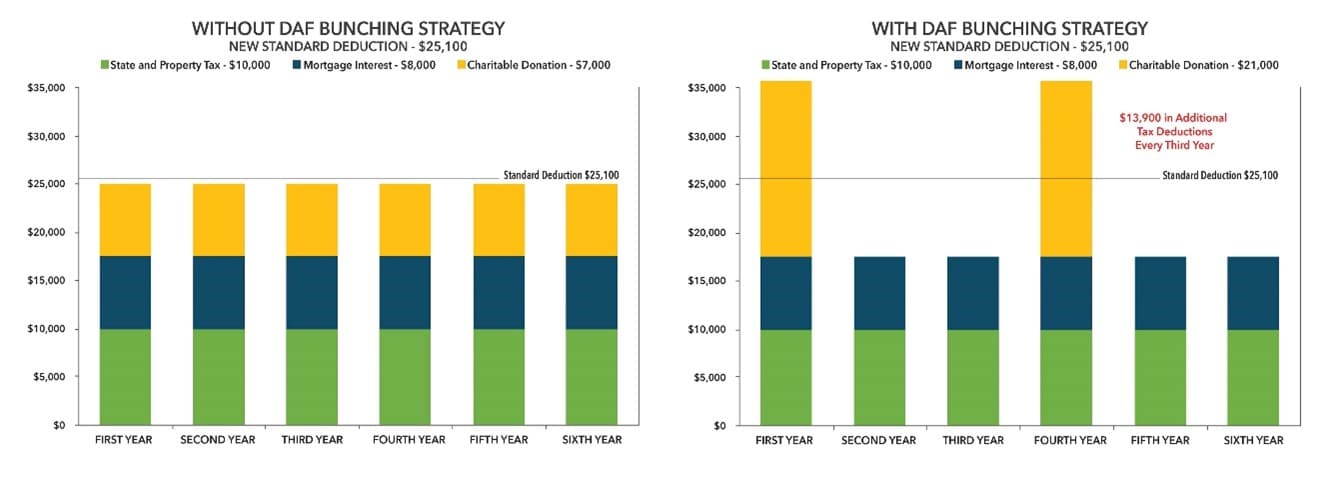
The example above is from the Truman Heartland Community Foundation. It illustrates how bunching your contributions together every three years can significantly increase tax savings.
A donor “bunches” their contributions by putting three years’ worth of contributions in the first and fourth year.
This way they benefit from taking higher itemized deductions every three years and in the following two years, they are taking the standard deduction.
In this example the donor had an additional $13,900 dollars in tax deductions every three years.
This is an efficient way to maximize the tax benefit of charitable contributions.
In the event that you are not able to use all of your charitable deductions in a given year, they may be carried forward for up to five years.
Estate Planning
DAFs can also be used as an estate planning tool to continue your desired charitable legacy.
The DAF would need to be established in advance with the chosen custodian but is not required to be funded at that time.
The DAF would then be designated as the beneficiary of a brokerage or IRA account. Upon death, the assets of the account pass tax-free into the DAF.
The successor advisor(s) would be pre-established with the custodian for the DAF. The successor advisor can then request grants in your name to various charities over time.
Taxes, estate planning, and charitable contributions are all important pieces of a comprehensive financial strategy.
Incorporating a DAF into your strategy may be a great tool to meet potential goals.
We are happy to discuss how a DAF might fit into your personalized financial plan. Contact us today for more information.
Happy giving!
Erica is passionate about providing purposeful advice to help clients enjoy a meaningful life.
- This author does not have any more posts.
Editor’s Note: This blog post is for informational purposes only and does not constitute financial, legal, or tax advice. Readers are encouraged to consult with a qualified professional regarding their individual circumstances. Please refer to our firm’s website for full disclosures and important information: CCM Website Disclaimer




